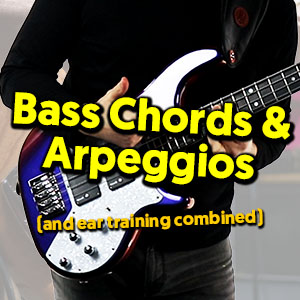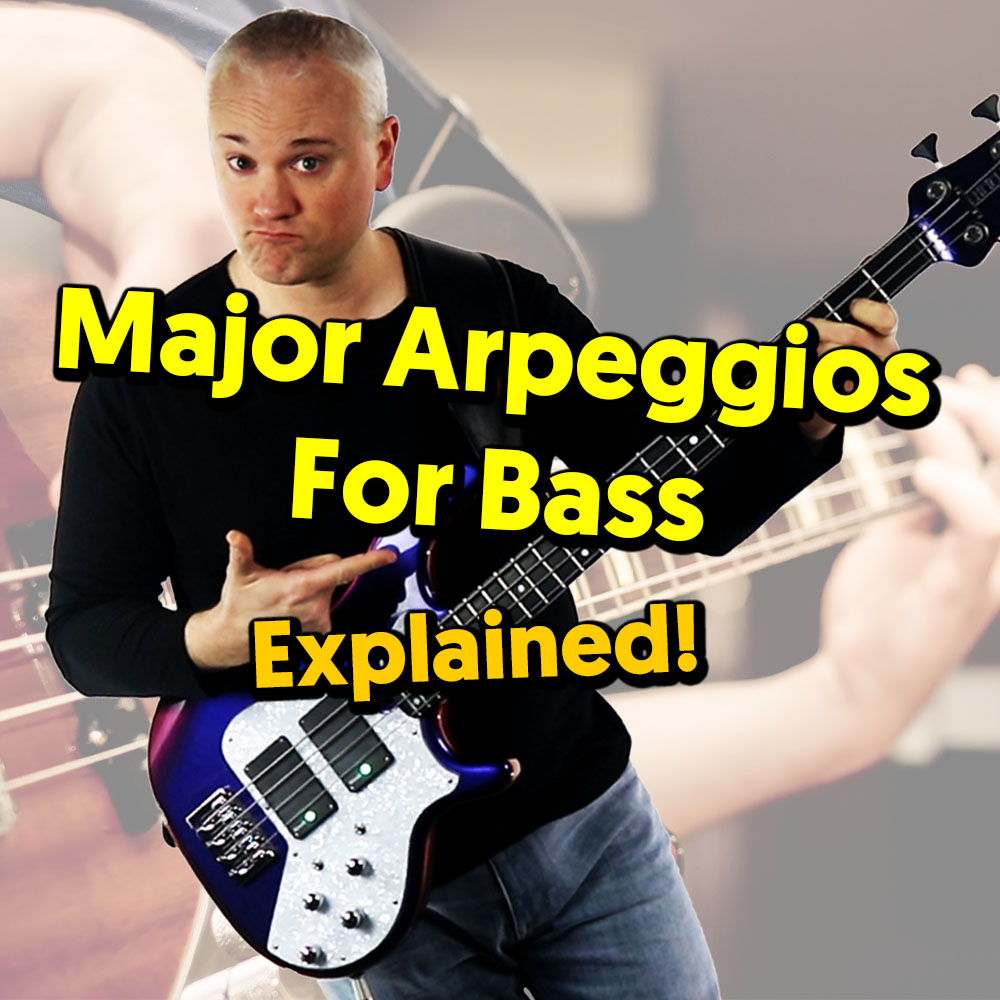This week we’re looking at one of the most useful ‘modes’ you can learn: The Mixolydian Mode.
But don’t worry! You don’t need to freak out, worrying about all that Mode theory stuff you’ve heard about. It’s just a scale like any other and we can quickly get it under our fingers and made some music without the theory!
Don’t Stress Over Modes
The first thing that comes to mind for most musicians when they hear about scales like Mixolydian or Phyrgian or Locrian for the very first time is “Oh heck, that sounds really advanced” or “Oh no, it’s that mode stuff I’ve heard about. I don’t really understand it”
So let me say right off the bat, Modes are just scales like a Major scale or a Minor scale or a Pentatonic scale. It’s just a way of dividing an octave up in a certain way. Nothing weird about them. There’s no advanced music theory in there.
Just think of scales as musical recipes. Each one has a certain flavor based on the intervalic construction. A major scale might sound happy, a Minor scale could sound sad, a double harmonic scale might sound quite exotic!
What About The Funky Names?!
The traditional modes we talk about like the Mixolydian just have a long back story so the names are all Greek.
Musicians don’t tend to be scared off by the Blues Scale because they think “Oh that’s bluesy. I use that in blues!” But really there’s no difference in terms of what we’re actually looking at.
It’s just a different way of dividing the octave. How you apply a scale obviously needs some consideration. but in terms of the nuts and bolts of what they ARE, that’s all very simple!
The Mixolydian Mode Is Like The Major Scale
Most people know the Major scale. Here’s a C Major scale:

The Mixolydian scale is really easy to learn once you have the Major scale under your fingers. You simply flatten the 7th:

Just as with a major scale or a minor scale you should learn it in many different ways. Try playing it in different keys by moving through the cycle of fourths, start the scale on different fingers, extend it through multiple octaves or maybe even restrict yourself to 2 strings.
Most of all, listen to the sound of the scale and really get a feel for that minor 7th interval in there and how it interacts with other notes.
But What Chord Will Work?!
Obviously you could delve much deeper into this mode and it’s use and I don’t want to fry your brain with too much in terms of application but one thing that’s really worth mentioning is the tonic chord. That’s the chord built on the first degree of the scale and this is going to determine what chords we can play over from a chord scale perspective.
The root (or tonic chord) of the Mixolydian scale is the Major chord, if we’re looking at a 3 note chord (triad) and a Dominant 7 chord if we’re looking at a 4 note chord (Seventh chord).
To explain this, we’re going to look at the notes built from the root note of the scale… but in thirds. That’s how the common chords you see in most songs are constructed. We build them from stacked thirds.
An easy way to do this with a 7 note scale like the Major or Mixolydian is to just work up through the scale in the following manner: play a note then miss a note – play a note then miss a note.
The C Mixolydian scale contains the following notes: C D E F G A Bb. So using our play-a-note-miss-a-note system we find the following notes: C E G Bb.
Any of you that know your arpeggios will know that C E G is the C major triad and C E G Bb is a C7 chord

Applying The Scale
OK so we now have ourselves a scale and we have ourselves a chord. So now let’s try putting them both together in the shape of a simple riff:

You can play with the following drum track:













I was very pleased to realise that I could follow what Mark was talking about, after a year of being a lazy student of his courses and youtube videos…
And now I understand that my best made up riff is mixolydian. I guess I’m Mixolydian at heart !
I’ll probably work on this lesson fot the next couple of weeks…
I have to congratulate you on having THE best looking and most tasteful website I’ve ever seen. I’ve made some with WordPress for some of my personal projects, and I’m pretty finicky about how they look – but this just blows everything else out of the water.
Also, the generous length of your free material is quite impressive. You and Justin Sandercoe have the best material on YouTube.
I’m very thankful for finding Mark
This is just exciting and eye opening! Thanks Mark for breaking it down in easy to understand language…. I really appreciate being able to watch your videos over and over!! I may have started late in life but you’re videos give me hope! Thanks from the bottom of my heart!
Oops, that was supposed to be: your videos!